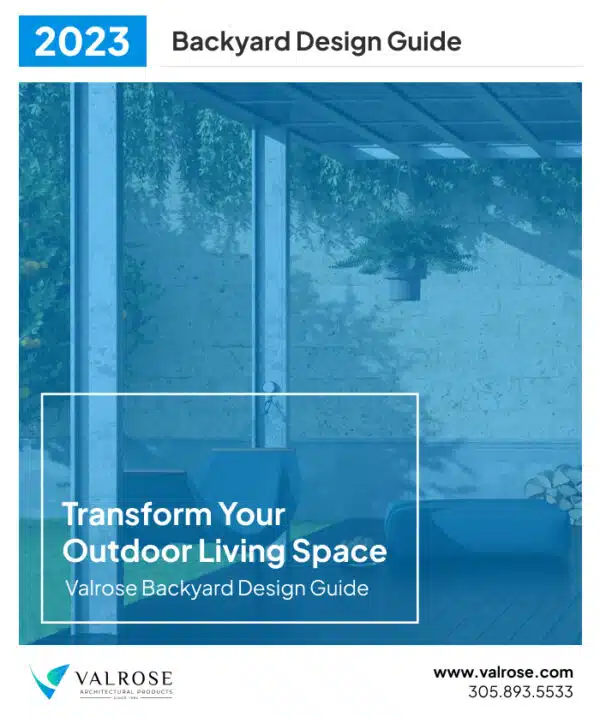As we like to say, time is money, and experience matters. While purchasing a kit may be a little less expensive than hiring a professional pergola builder, you’re likely to spend more on your build once you factor in the costs for your time, replacement materials, tool rental costs, and additional laborers.
When it comes to building pergolas, there’s no replacement for experience. If you’re looking for a fun DIY project to try at home, you might consider building a pergola on your own. But if you want to make the process quick and easy so you can start enjoying your backyard, it’s best to hire the pros.


